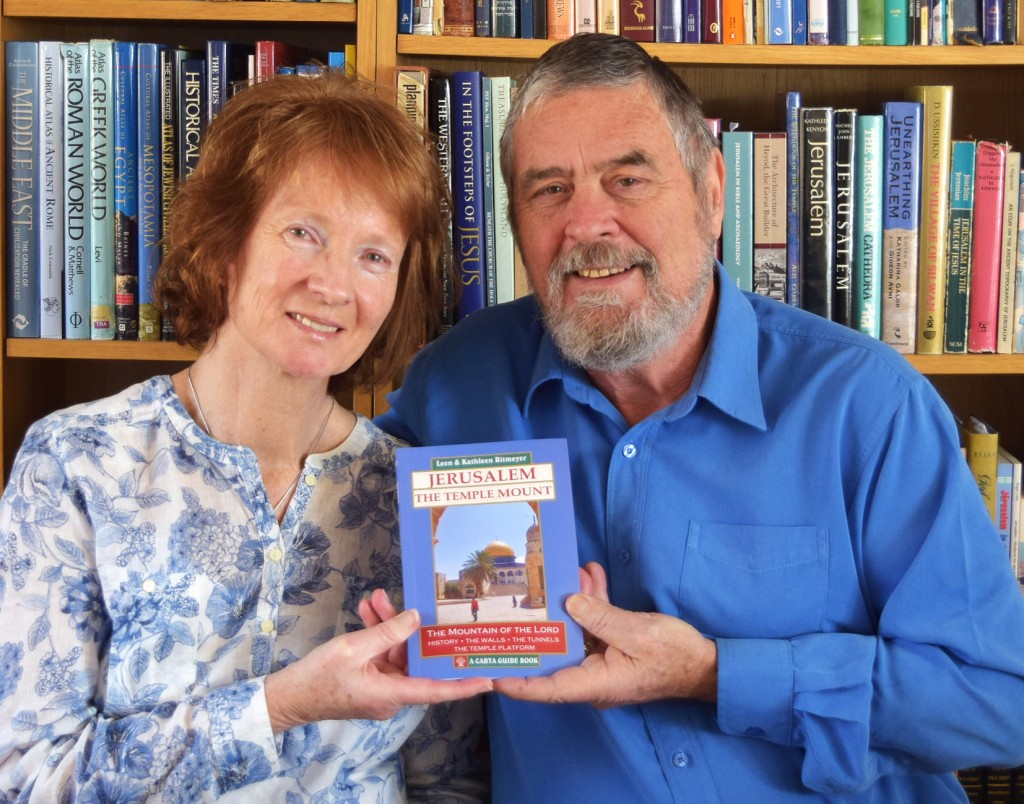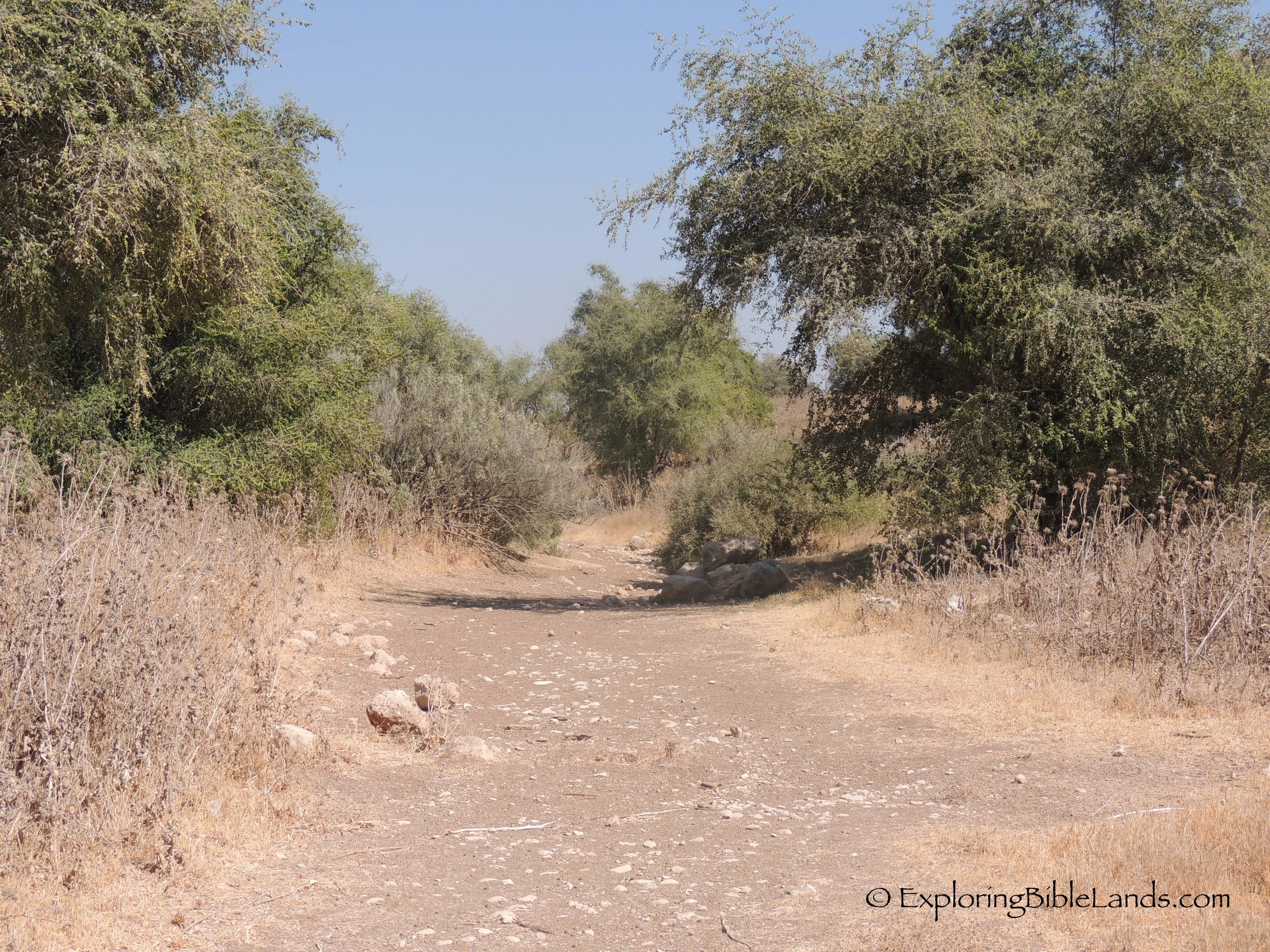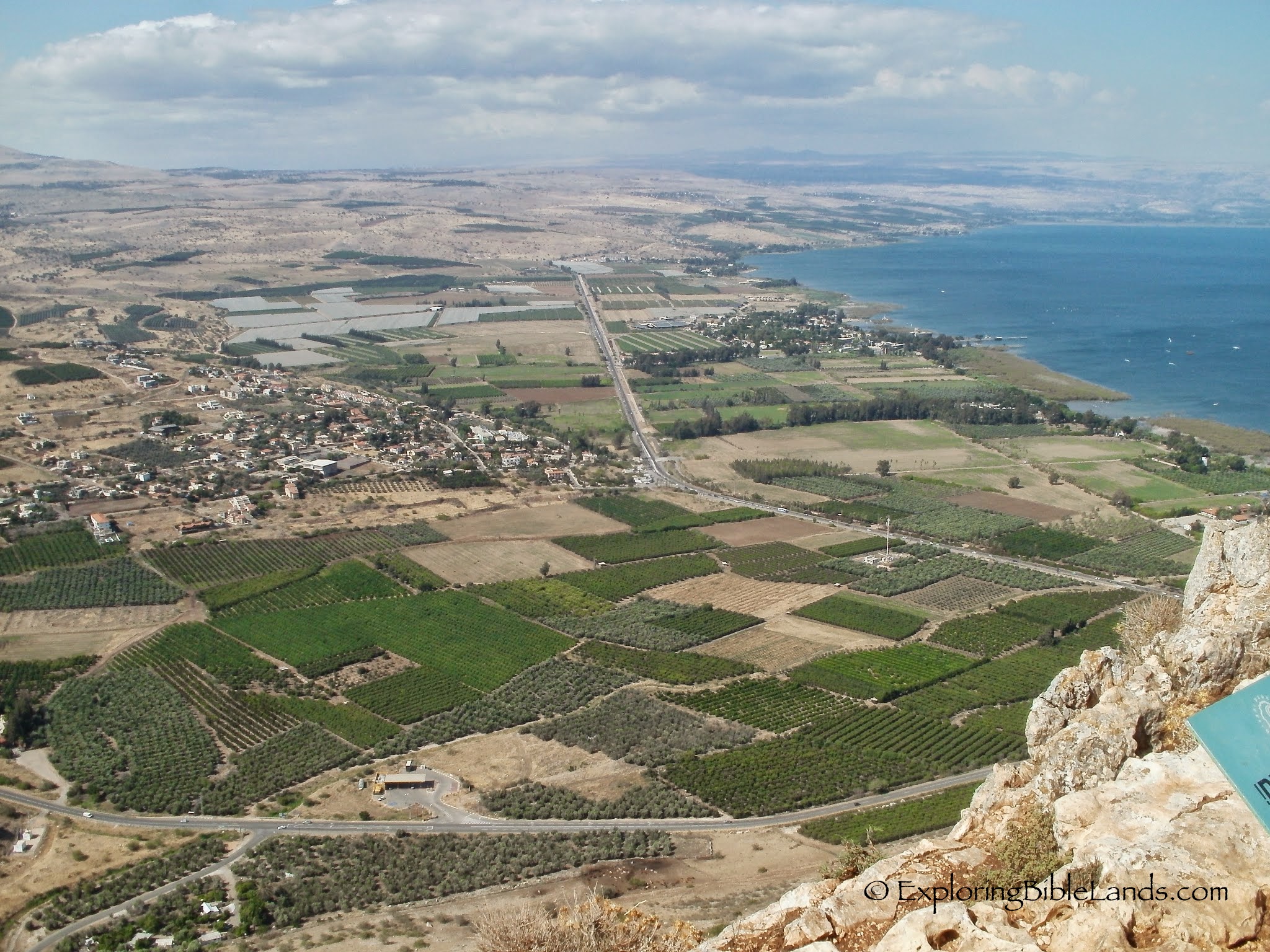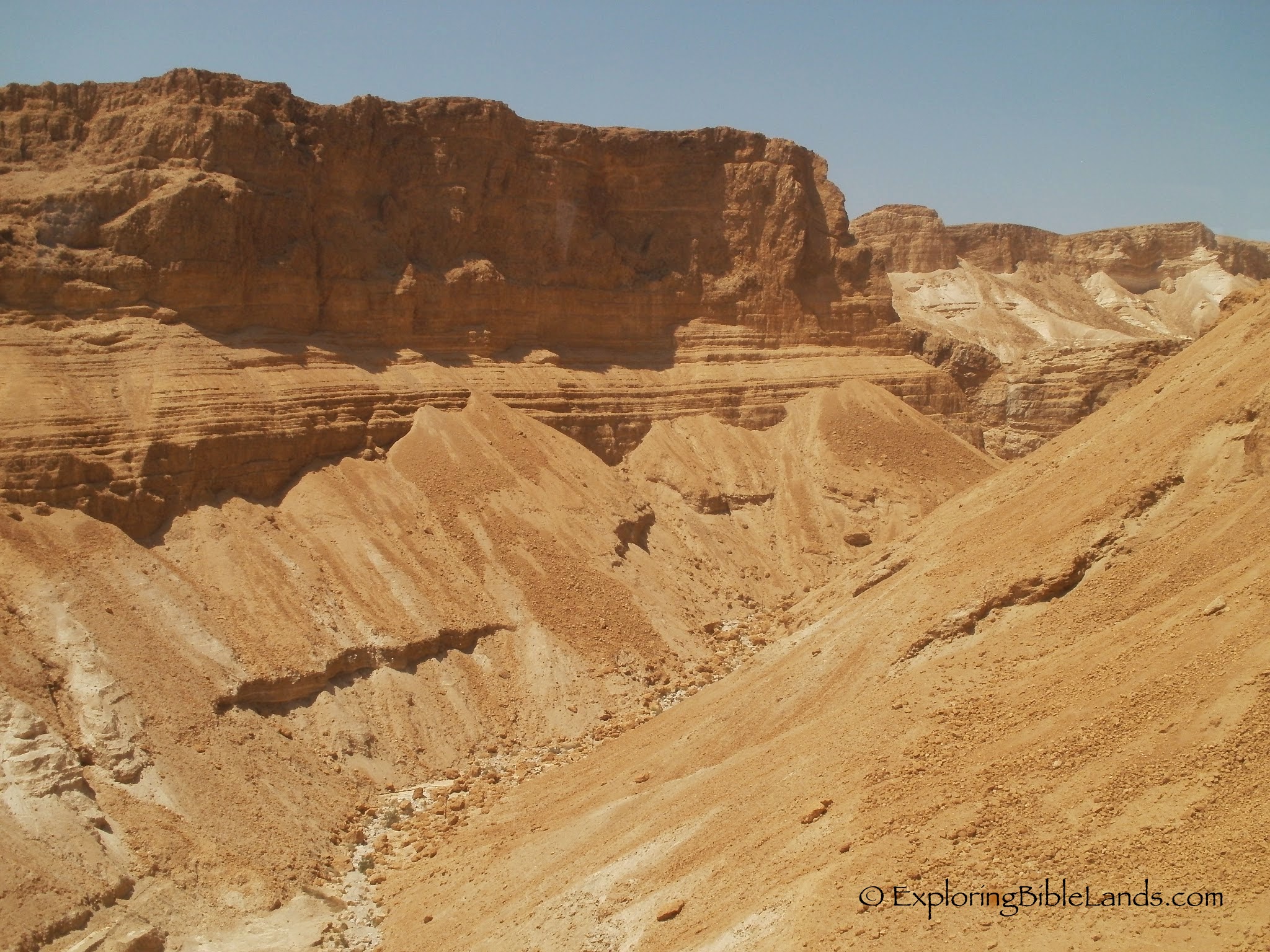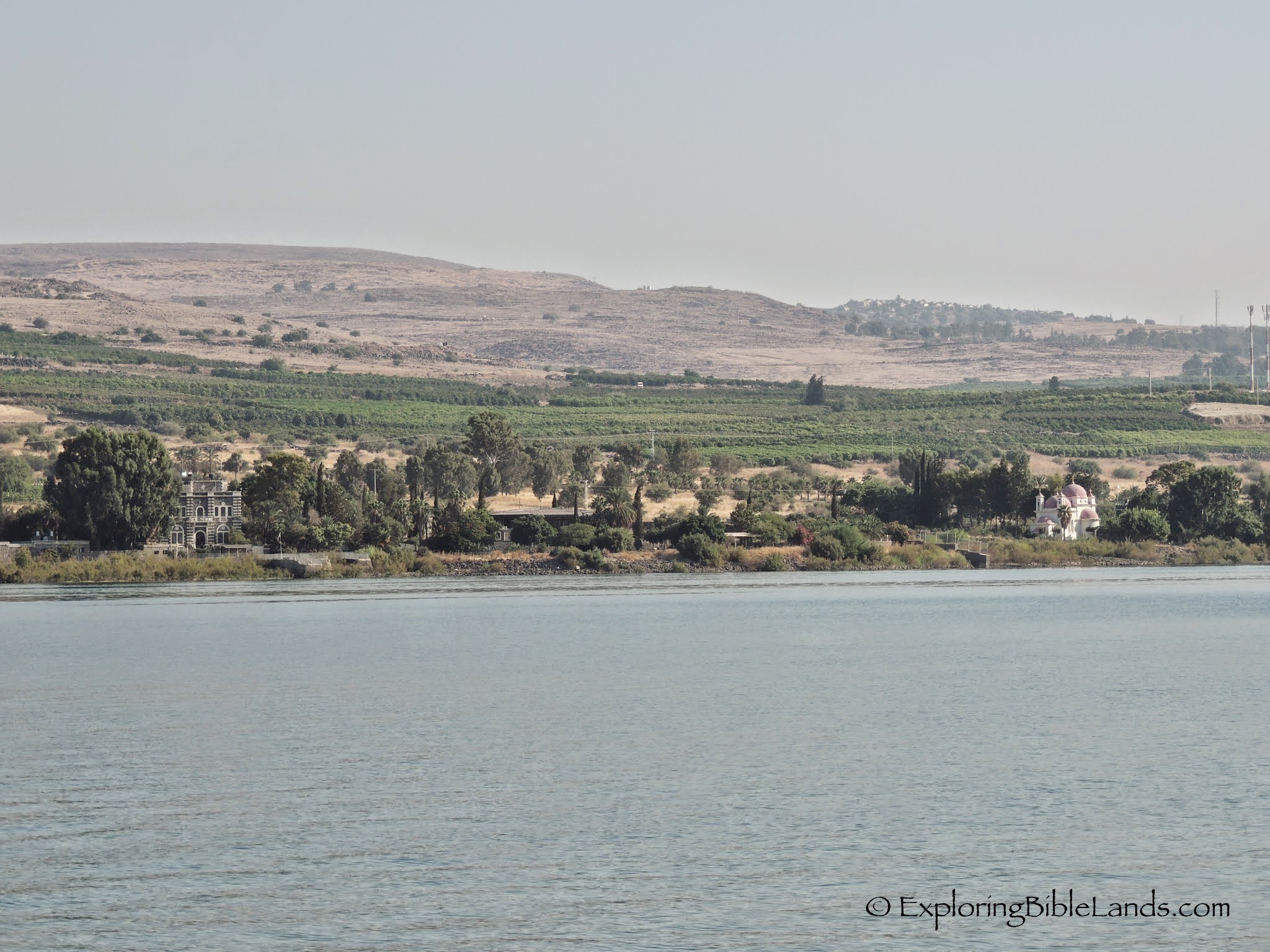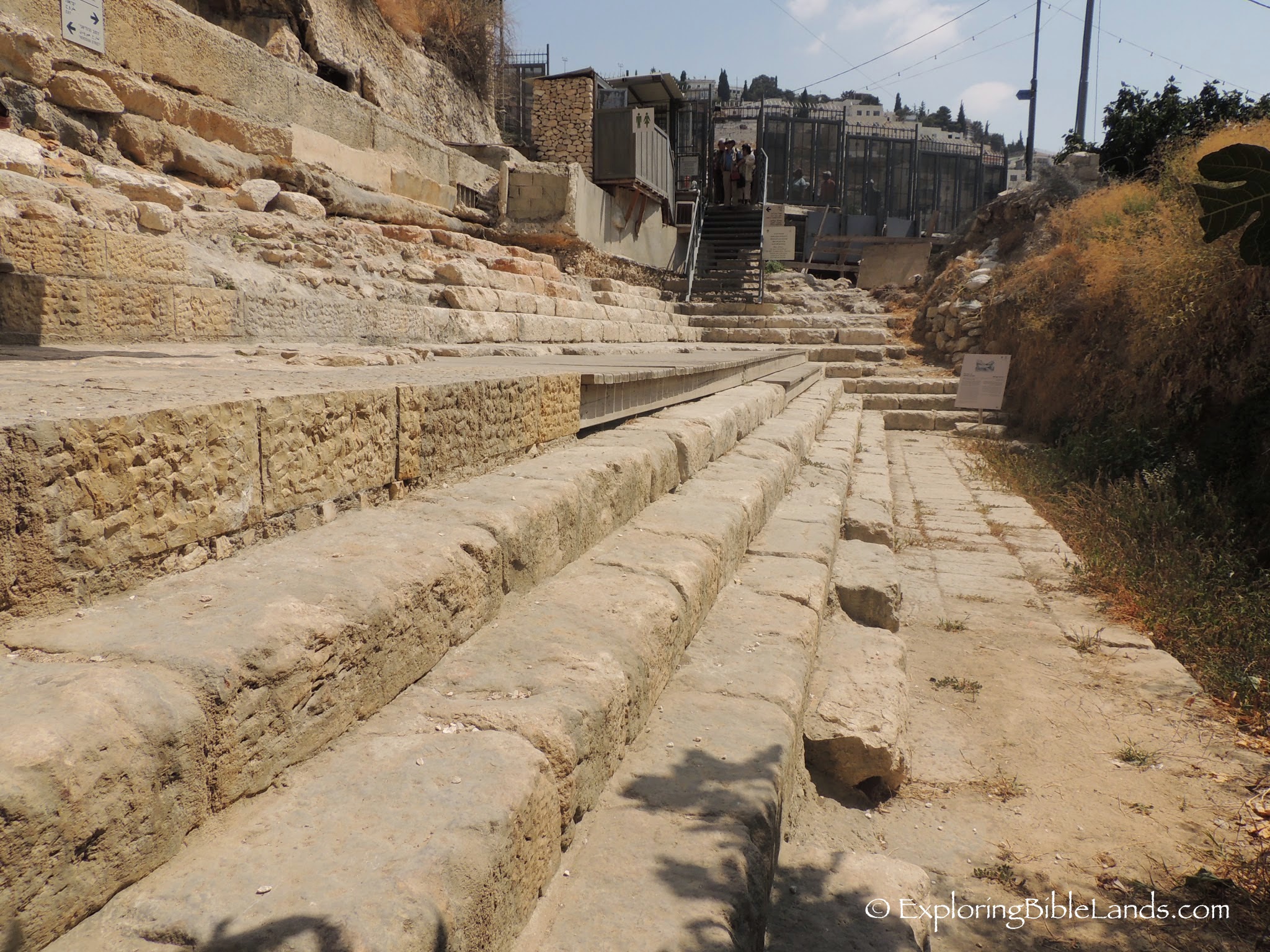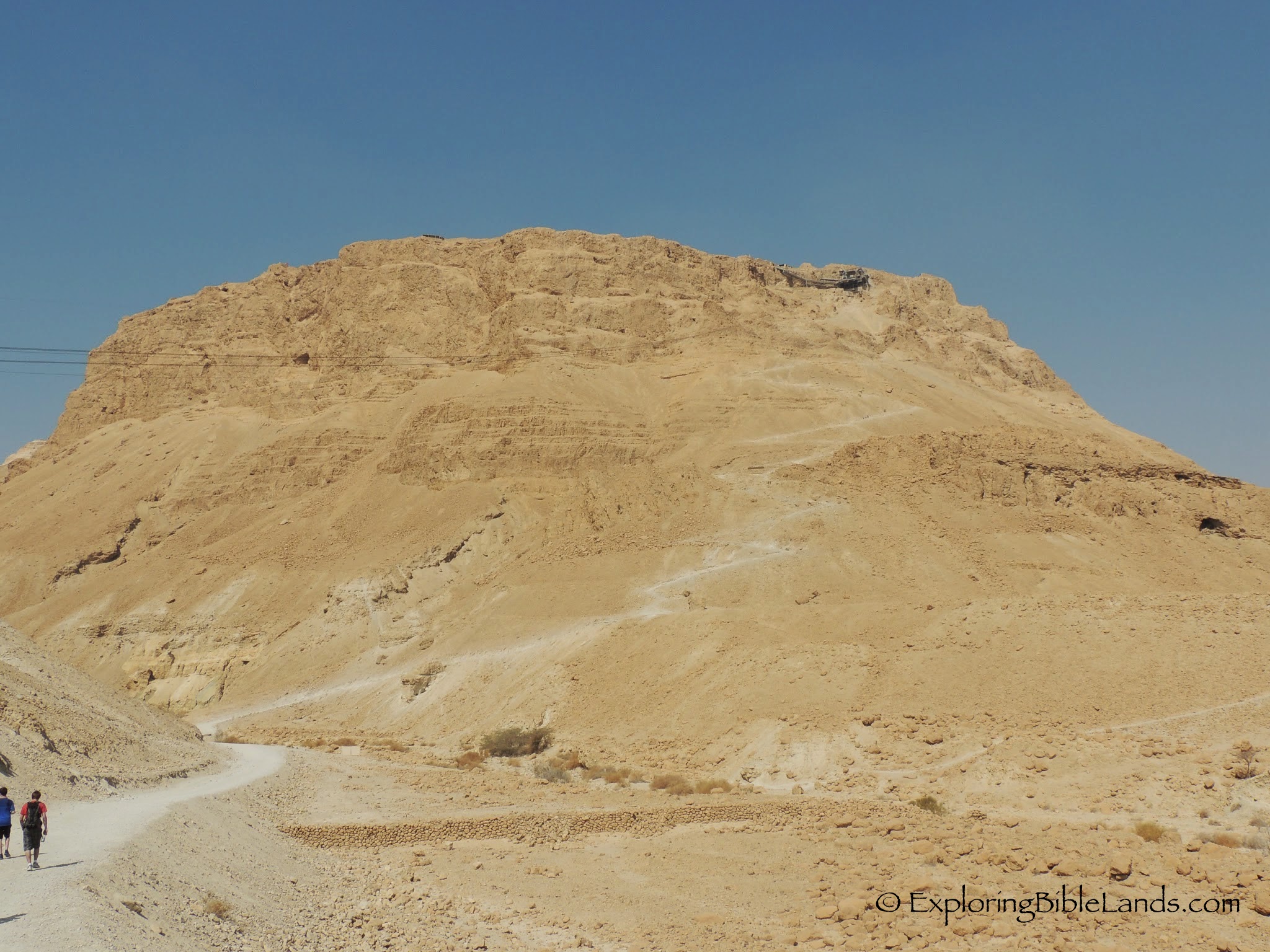 Last June, when our tour group was in Israel, we spent an entire day within the Old City. We started the day with a visit to the Temple Mount. Upon exiting the Temple Mount near the Lions Gate, we visited the ancient Pool of Bethesda.
Last June, when our tour group was in Israel, we spent an entire day within the Old City. We started the day with a visit to the Temple Mount. Upon exiting the Temple Mount near the Lions Gate, we visited the ancient Pool of Bethesda.
Before leaving the area of the pool, I gathered our group together and explained to them that we were about to walk the Via Dolorosa. But, before we did that I wanted them to understand three things:
1) The Via Dolorosa makes the assumption that the Praetorium (John 18:28) was located in the Antonia Fortress, just outside the Temple Mount on the northwest corner. It also makes the assumption that Golgotha was located in the vicinity of the Church of the Holy Sepulture. 2) Even if those two assumptions are true, keep in mind that the original, first century Roman roads were located several feet under the current roads. 3) My current belief is that Golgotha was probably located in the vicinity of the Church of the Holy Sepulture. However, I was not as convinced in the location of the Praetorium being at the Antonia Fortress.
After giving them this information, I encouraged them to enjoy the walk through the Old City, consider the things that they are seeing and to study the matter for themselves.
This week, PBS released a short video about the Via Dolorosa. Recent archaeological findings are casting additional doubt on the current path that it follows. I encourage you to watch it. I tend to agree with the path that it proposes.
There is one other thing that I told my tour group last June. I told them that, in reality, our ability to walk the exact path that Jesus walked isn't really that important. What is really important was that Jesus walked it for all of us.


